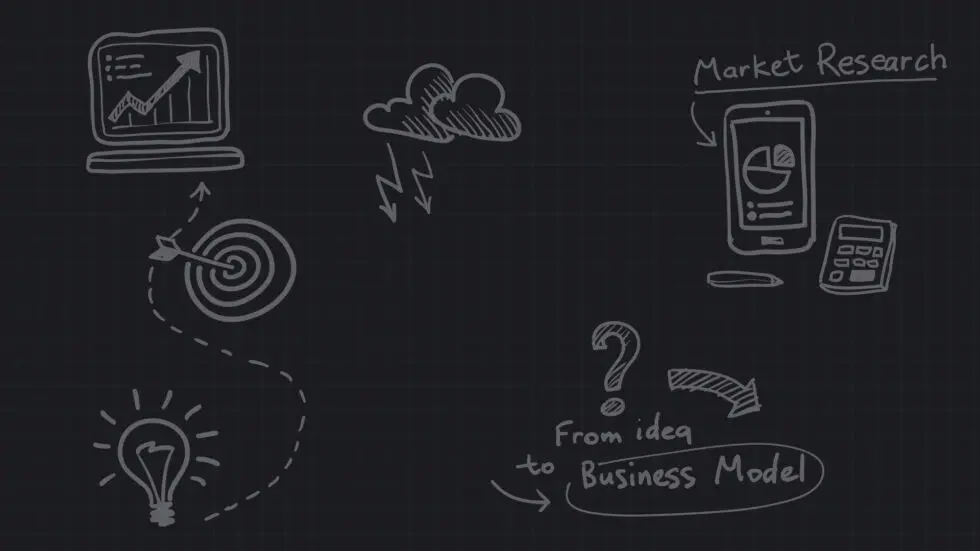You know the old saying: teamwork makes the dream work. That may be even more true in the Super Bowl ad breaks this year.
Whether it’s Netflix’s partnerships with both GM and Michelob, Heineken’s ad featuring Disney’s Ant-Man, or Molson Coors and DraftKings’ collaboration, tie-in promotional efforts are proliferating ahead of the big game.
The extent of these shared ads in this year’s game is an indication that marketers are betting that, in an effort to cut through the noise and resonate with consumers, two is often better than one—if, of course, brands can stick the landing.
“It takes a lot of teamwork,” Deborah Wahl, GM’s global CMO, said of the automaker’s collaboration with Netflix on an ad starring Will Ferrell. The spot, which will promote electric vehicles in Netflix productions, is set to air in the second quarter of the Super Bowl. “It only works when it’s good for both partners and we both get a message across that’s impactful.”
TWO IS BETTER THAN ONE
For years, brands have teamed up with the goal of winning over Super Bowl viewers. Think back to 2019, when a now-award-winning ad for Bud Light got crashed by HBO’s Game of Thrones villain Gregor Clegane—and, later, a dragon. Plus, movie studios have long used co-marketing efforts to help boost awareness of theatrical titles ahead of their premieres.
There’s a few reasons why brands may want to team up around Super Bowl-sized events. First: doubling up may serve as a cost-saver—something that may be particularly attractive when an ad in this year’s Super Bowl cost some advertisers more than $7 million for a 30-second spot.
“It’s smart, and it’s efficient,” Paul Hardart, a marketing professor at the New York University Stern School of Business, explained. “It’s a way to maybe even get more bang for your buck.” (The financial terms of co-marketing campaigns are often not disclosed.)
Partnering up can offer more than potential cost savings. Finding an entertainment-centric character or celebrity can help win over audience attention, something that is becoming harder than ever for marketers. Pairing a well-known brand with a character from a well-loved entertainment property may just be the difference between someone watching an ad and looking at their phone.
“For a brand to align themselves and really leverage the equity of that IP to drive their brand story is huge,” Maral Beylerian, VP, client services at the agency BEN, explained. “The whole is greater than the sum of its parts.”
DOUBLE THE TROUBLE
While there are plenty of potential upsides to joining marketing forces during a major event like the Super Bowl, it’s often easier said than done. Co-marketing efforts require both brands to have similar brand values, Beylerian said, and each brand has to have some sort of buy-in to the stories and themes from the other brands. Then, of course, both brands have to be operating on similar promotional timelines.
“The stars really do have to align with a lot of different things for these partnerships to make sense,” Beylerian said. “Timing is critical.”
Striking the deals can take time: Beylerian said many co-marketing efforts take between 12 months and 18 months to pull off, and coordinating all of the moving parts for two brands instead of one is “a massive project management undertaking,” she said. For Netflix and GM, for example, conversations around a co-branded Super Bowl spot and related electric-vehicle content partnership stretched over the course of a year, Wahl and Netflix CMO Marian Lee said.
But for many brands, the challenge seems to be worth it—so be prepared to see more co-marketing efforts, both during the Super Bowl broadcast and elsewhere. Besides its Super Bowl deal with Heineken, Disney’s Ant-Man and the Wasp: Quantumania is getting cross-promotion in a joint spot with Volkswagen, while M&M’s ongoing spokescandy-replacement stunt features tie-ins with brands like Spotify and Cheddar News.
Reprinted with permission from Marketing Brew, where you can find the original article.


